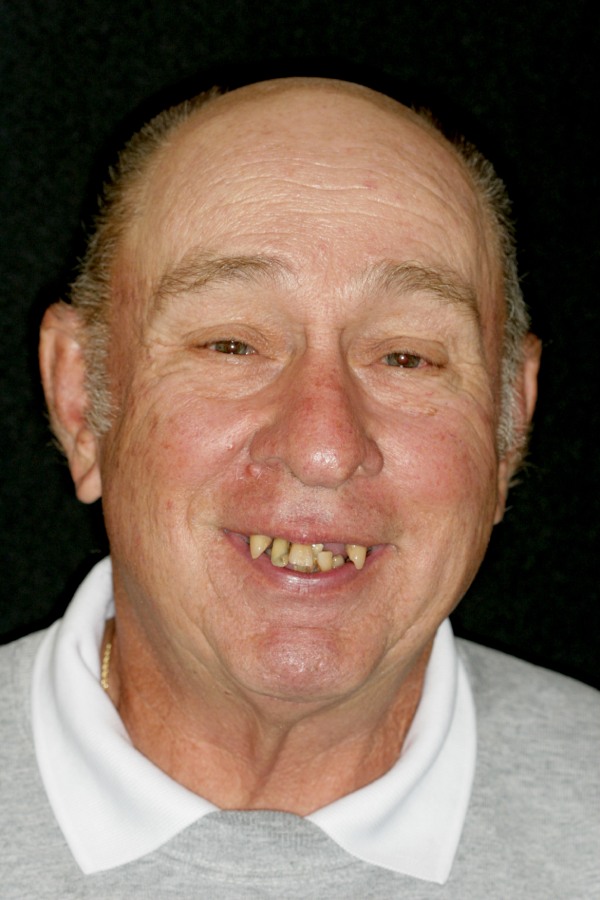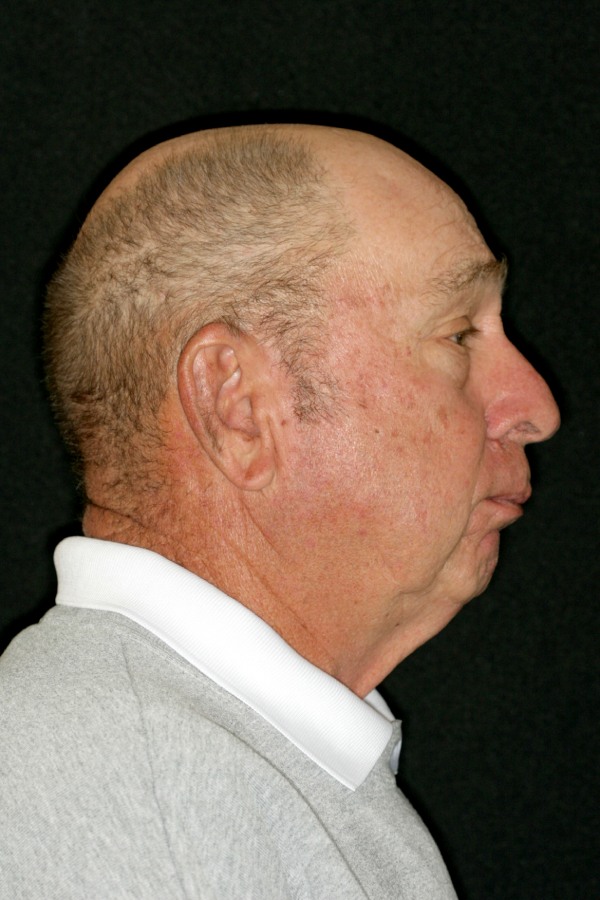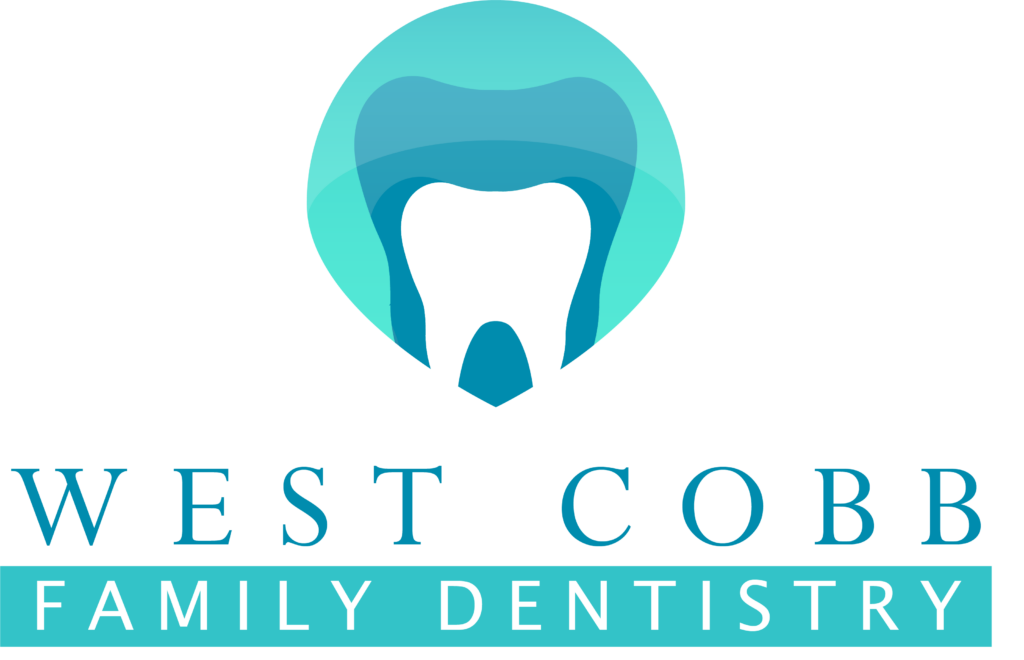Dental Treatments & Procedures
Acworth Teeth Whitening, Acworth Veneers, Acworth Dental Implants
At West Cobb Family Dentistry, we perform a wide variety of services to help you get the smile you deserve.
By leveraging today's advanced techniques and technology, Our doctors can restore your beautiful smile to help you maintain your youthful appearance. Whether you need to get a tooth filled or need a complete smile makeover, we can offer a treatment plan that's right for you. Read below to learn more about some of the procedures we offer.
General Dental Procedures
Routine dental cleanings are important to maintaining good oral hygiene. Professional cleaning by a hygienist can remove mineralized plaque that may develop even with careful brushing and flossing, particularly in areas that are difficult to reach. It is recommended you go in for a cleaning once every six months.
How it's done
Patients can expect the dental cleaning to last between 50 minutes and an hour. Our hygienists have between 20-30 years of experience and are trained in periodontal therapy as well. The doctor will be in to do a final exam, review x-rays and answer any questions you have. Most people find that dental cleanings are painless, and do not cause any discomfort. However, for those who are particularly sensitive or apprehensive, we will take the necessary steps to ensure your comfort. There are two important steps to a dental cleaning.
The first step is scaling the teeth, whereby the hygienist will remove the plaque and tartar from the tooth surfaces. This can be performed by hand or with ultrasonic scaler depending on your particular needs. We remove plaque and tarter from above and below the gumline. If you have a significant buildup of tarter below the gumline, your cleaning my require an additional visit. This will be discussed with you up front before treatment is started.
The second step is polishing to remove any final plaque and stain. This may be done with a rubber cup polisher or an air polisher. Your individual needs will be discussed in making that decision.
Dental radiographs are taken as needed, most often once a year. Bite-wing x-rays are taken to detect cavities between the teeth and to view the level of bone around your teeth. We take digital x-rays, which reduce the amount of a typical bite-wing x-ray radiation by half the amount and are more comfortable in the mouth. Every 5-7 years we will recommend a panorex x-ray (Pan) that is a view from nose to chin and ear to ear. This is an important screening x-ray and can often detect areas that need to be addressed before they become painful or serious.
Along with our visual exam looking for abnormal lumps or bumps, we are pleased to be able to offer you a Vizilite exam. Vizilite is a screening for oral cancer and may be covered by insurance. Oral cancer is on the rise and is a devastating form of cancer, often fatal once detected. Those at highest risk for oral cancer include those that use tobacco, alcohol and those that are risk for sexually transmitted diseases. The Vizilite exam is fast and painless and can detect unusual changes in the tissue of the mouth before they surface and can be visible to the eye. Should any abnormal issues be noticed we can refer you to the appropriate physician for early diagnosis and treatment.
Here at West Cobb Family Dentistry, our dental hygienists also do sealants, teeth whitening and fluoride treatments. We can recommend the appropriate home fluoride and re-mineralizing tooth paste to fit your individual needs for preventing cavities.
For more information regarding Vizilite please visit.
VIZILITE
Routine dental exams are important to maintaining healthy teeth and gums. Additionally, they can help to avoid the financial costs associated with large treatment plans later on. The Academy of General Dentistry recommends twice yearly checkups for people of all ages. At this frequency, most problems can be caught while they remain in an early stage.
How it's done
The dentist first examines your mouth visually, using dental equipment such as mouth mirrors, dental picks, and high intensity lights. They will look for cracked and decayed teeth, as well as review other important items such as:
How to reduce your chance of getting cavities:
One of the questions we are asked most is "Do I have any cavities?” If the answer is yes, then the next statement we hear is "But I brush twice a day!” Here are some tips to help keep your pearly whites in tact.
Caries (or tooth decay) is caused by a specific bacteria that produces acid and thrives on simple carbs. It is an infectious disease, and transmitted through saliva by caregiver to child between the ages of 18-36 months. The bacteria live in the grooves of the molars, and when the conditions are right, they spread to other surfaces of the teeth. It’s interesting to note that if the Mom is treated before the child gets their baby molars, it reduces the decay rate in the child. Cavities are a demineralization of the enamel of your teeth.
Each time you expose your teeth to sugar and other simple carbs, the pH in your mouth drops, and the enamel starts to "wash” away. Sugar activates the bad bacteria and those bacteria kill the normal bacteria and pour acid on the teeth. More than 3-5 doses of carbs can cause your decay rate to go up. Each exposure can drop the pH for 30 minutes at a time. That means that each time you sip on your drink or snack between meals, you are increasing the acid production in your mouth and washing away the enamel, for 30 minutes at a time.
The good news:
After the pH drops in your mouth, your salivary buffers kick in and start to re-mineralize your enamel. The use of fluoride makes a significant difference in how much your tooth is able to re-mineralize. We offer high dose in-office fluoride treatments to get you jump-started in the right direction. We also offer high strength home use fluorides that can actually reduce the bad bacteria in your mouth and can be absorbed by your enamel when dissolved in your saliva. The use of low-dose fluorides such as fluoridated drinking water, ADA approved toothpaste, and home OTC fluoride rinses (get the small bottles for maximum concentration) are beneficial as well.
Be sure to chew gum or use mints that have Xylitol listed as the first ingredient. It inhibits the bad bacteria. Look for Ice-Cubes, Theragum, Spry, Mentos, Theramints, TicTac Chill and IceBreakers Frost. Be sure you see your dentist and dental hygienist every 6 months, restore all filling and restorations with rough or broken down margins, and seal all grooves in the chewing surfaces of your teeth.
We would love to be able to tell you "No cavities!”
When treating a cavity, the dentist will remove the decayed portion of your tooth and fill it with another substance. This procedure is called a filling.
A composite filling is also known as a tooth colored filling, since the material used in the filling can be closely matched to the color of your teeth. Composite fillings provide good durability for small to medium cavities, and the procedure typically involves removing less of a tooth than you would during an amalgam filling. They are also particularly well suited for treating front or highly visible teeth because of their natural look.
When can a composite filling be used for?
How its done
The Dentist will remove any decayed portions of the tooth. A substance is then applied to help open up the pores of your teeth for a stronger bond, and hardened and cured with a special light. Once this is complete, the filling is applied in thin layers to slowly form the complete filling. After the composite has hardened, the filling will be smoothened and polished to be comfortable and fit your bite.
Root canal therapy is treatment used to repair and save a tooth that has been infected due to a deep cavity or cracked tooth. The treatment involves removing the pulp and the nerves of the tooth, and cleaning the infected area. A tooth's pulp and nerve is not important to a tooth's health and function after the tooth has fully emerged from the gums. If the treatment is not performed, pus builds up at the root tip and the infection of the pulp can spread to the surrounding bone. The results in pain and swelling, and your tooth would likely have to be removed.
What are the signs that a root canal is needed?
What does the treatment involve?
First, an opening is made into the pump chamber through the crown of the tooth.. Once the pulp is removed, the root canal is thoroughly cleaned. If the dentist decides to complete the root canal therapy in multiple visits, a temporary filling (build up) will be placed to protect the tooth. When you return, the dentist will remove the temporary filling, re-clean the root canal and pulp chamber, and place a permanent filling (build up) and / or crown over the tooth.
Root canal therapy has a high rate of success any many teeth undergoing the procedure can be saved to last a lifetime. Additionally, the crown or filling placed the completion of the procedure makes it hard to notice by others that you had the treatment.
A dental extraction is the procedure to remove a tooth from your mouth. A dental extraction is most commonly required if one of your teeth is damaged beyond practical repair. The most common reasons for tooth extractions include:
What to expect
Your dentist will first administer anesthetic to numb the area and reduce discomfort. During the extraction, you will feel the pressure of the tooth being removed, but will not feel any pain. Typically, the dentist is able to remove your tooth within a matter of minutes.
Immediately after the tooth extraction, a small amount of bleeding is normal and patch of gauze will be placed in the affected area. The area may bleed minimally for the next 24 hours or so and taper off after that. Follow your dentist's instructions on how often to change the gauze, and what other post-procedure steps to follow.
Cosmetic Dentistry
Compared to fillings which just cover a small portion of a tooth, a crown (or cap) encases the entire visible portion of a tooth. In effect, the crown acts as the tooth's new outer surface.A dental crown is used when a tooth is broken or decayed to such an extent that fillings aren't able to repair the problem. The crown is able to provide a protective shell around the damaged or decayed tooth to strengthen it, as well as to improve the appearance of the tooth. They can also help restore a tooth to it's original shape, are used commonly for teeth that have been broken. While crowns come in different materials, the most common crowns typically have some mixture of porcelain in them to give them a look and feel similar to a natural tooth.
How it's done
The first visit to your dentist involves reshaping the tooth and taking impressions to create the crown. Typically a portion of you tooth will have to be removed for the crown to fit properly. After the dentist reshapes your tooth, he will use a special material to create an impression of it. This impression will be sent to a dental laboratory to be made into a permanent crown. Before sending you home, the dentist will provide you with a temporary crown to cover your tooth in between visits.
When you return to you dentist, he will have received the permanent crown from the laboratory. He will remove the temporary crown and fit the new permanent one. Before cementing the permanent crown in place, he will ensure that it fits comfortably and matches the color of your teeth.
Our teeth can discolor through the years as our enamel wears down. The wearing down of enamel allows dentin, a yellow color substance that makes the core of our teeth, to show through. This is what gives our teeth a yellowish tint. Teeth absorb colors of coffee, tea, red wines, dark sodas, food coloring, etc. Teeth whitening helps restore teeth to a shiny white color through the use of bleach. Please not teeth whitening does not change the shade of crowned teeth or teeth with composite fillings.
Teeth whitening
At West Cobb Family Dentistry, we have found that at-home tray whitening gives the best and longest lasting results. A tray will be custom made for you and will use it at home with whitening gel. The average patient will see results about ten days to two weeks after using the product. The whitening product we use is pH balanced and includes a sensitivity reducer.
The first step in teeth whitening is a dental exam and x-rays to detect any problems that may need to be addressed prior to starting the process. Two options are available that will suit your individual needs, Day White or Nite White. Our qualified hygienist or dental assistants can discuss the best options for you and what you can expect.
Ask us today about a brighter and whiter smile!
A dental bridge is a false tooth that is used to fill the gap created by missing tooth or teeth. A gap between your teeth can be potentially dangerous to your dental health, as it can cause your teeth to shift resulting in a change in your bite that could be painful. Dental bridges help alleviate this problem by using the two surrounding teeth as anchors to hold a false tooth in the place where the gap is. Typically, porcelain crowns are placed over the surrounding teeth, and the false tooth, known as a pontic, is fused between them.
Types of dental bridges
There are three types of dental bridges that are commonly used today
1. Traditional fixed bridge - This is the most common type of dental bridge, in which porcelain crowns are placed over the two surrounding teeth and used as anchors to hold the false tooth in place. The false tooth is usually made of either porcelain fused to metal or ceramics.
2. Cantilever bridge – A cantilever bridge is used when teeth are present on only one side of the gap. These are used typically in areas of your mouth that doesn’t experience an intense chewing load, such as your front teeth.
3. Resin-bonded bridge - In a resin-bonded bridge, metal bands are bonded to the surrounding teeth with resin and used to hold a plastic false tooth in place. This type of bridge is typically used in areas of the mouth that undergo less stress, such as the front teeth.
How it's done
A minimum of two visits are required for placing a dental bridge. At the first visit, three important steps are completed. Firstly, the surrounding teeth are prepared to be fitted with a crown. This may including filing down the tooth so that the crown can fit over it. Secondly, an impression is taken of your teeth which will be sent to a laboratory to prepare the bridge and crown. Finally, the dentist fits your teeth with a temporary bridge to protect them while the bridge is prepared at the laboratory.
At the second visit, the temporary bridge is removed and the new bridge received from the laboratory is fitted and adjusted. Multiple visits may be necessary to check and adjust the fit.
Dental veneers are thin custom made shells that cover the front surface of your tooth to improve their appearance. They are made of tooth colored materials and can be used to improve the color of teeth that have been worn down or stained. Alternatively, they can be used to improve the shape or size of the tooth.
Types of veneers
There are two types of veneers that are commonly used. Porcelain veneers are more durable, and resist stains better. The properties of the material also helps to create a very natural tooth look. Unlike porcelain veneers, composite resin veneers are not made in a laboratory, but instead directly applied to the teeth. They typically have a shorter life span, and are less expensive.
When should you consider dental veneers?
You talk to you dentist about dental veneers if
How its done
Two visits to your dentist are typically required for porcelain veneers. At the first visit, three important steps are completed. Firstly, the your teeth is prepared to be fitted with a veneer, which will involve trimming a portion of the tooth so the veneer can be bonded on top. Secondly, an impression is taken of your tooth which will be sent to a laboratory to prepare the veneer. Finally, you may receive a temporary veneer depending on how much of your tooth structure was removed. This temporary veneer will protect your tooth while the permanent veneer is prepared at the laboratory.
At the second visit, the temporary veneer, if you received one, will be removed. Then, the new veneer received from the laboratory will be checked to see if it fits well. It's best not to adjust porcelain veneers after they are bonded to your teeth, so any adjustments will be made beforehand. Once you and the dentist are satisfied with the look and feel of the veneer, it will be bonded to your tooth.
Dental Bonding is a restoration procedure in which a tooth-colored resin is bonded to a tooth and cured with ultraviolet light. Bonding is faster and cheaper than veneers or crowns, and can thus be a good option to make small cosmetic improvements to your teeth. Unlike veneers and crowns, bonding can be done within one office visit since nothing has to be custom made by a dental laboratory. Additionally, the procedure typically requires removing less the tooth enamel compared to veneers and crowns. However, since bonding typically doesn’t last as long as other forms of restoration and is less resistant to stains, it is used more often for small cosmetic touchups rather than major restorations.
How its done
he bonding procedure typically requires between 30 to 60 minutes to complete for each tooth. First the dentist determines exactly what color shade your teeth are to select a resin that will blend it naturally. Once this is done, the dentist will prepare the tooth so that the bonding material will adhere easier. This involves roughening the surface of the affected tooth and applying a liquid conditioner. Once this is complete, the dentist will apply the resin to the tooth, and cure it in place using an ultraviolet light. Finally, the dentist will apply the finishing touches by shaping and polishing the resin for a good fit.
Dental inlays and onlays are a more conservative approach to tooth restoration than full crowns. The are used to repair rear teeth that have mild to moderate tooth decay, or for cracked teeth where the damage does not warrant a dental crown. Porcelain, composite resin and sometimes gold are used to create inlays and onlays. Inlays refer to those procedures where the bonded material limited to the center of the tooth, while onlays refer to those procedures where the bonded material can extend further to one or more cusps of the tooth.
What are the benefits of inlays and onlays?
Natural look: Inlays and onlays have a natural tooth color that makes them virtually invisible compared to metal fillings.
Great fit: Inlays and onlys will not expand or contract based on temperature like metal fillings. Longevity: Inlays and onlays can last up to thirty years, longer than any other type of filling. Minimal tooth structure removed: Inlays and onlays require the minimal removal of a tooth’s surface, helping to preserve the maximum amount of healthy tooth structure while restoring decayed or damaged areas.
How it’s done
Typically, two visits are required for the placements of inlays and onlays. In the first visit, your dentist will take an impression of your tooth, which will be sent to a lab to create the permanent inlay or onlay. Before you leave, he will fit your tooth with a temporary inlay / onlay to keep the tooth protected between visits. During your second visit, the dentist will remove the temporary protective material and fit your tooth with the permanent inlay or onlay received from the lab.
LUMINEERS® BY CERINATE® are porcelain veneers that offer a painless way to a permanently whiter and perfectly aligned smile. LUMINEERS are contact lens-thin, and can be applied by your dentist without any grinding or shaving, transforming teeth into a naturally beautiful smile that looks perfect for everyone. They can even be placed over crowns or bridgework without having to replace them. LUMINEERS, unlike traditional veneers, are able to be placed over existing teeth without having to remove painful tooth structure.
LUMINEERS is the painless, permanent cosmetic solution for stained, chipped, discolored or misaligned teeth. LUMINEERS can only be made from patented Cerinate porcelain unavailable anywhere other than the Cerinate Smile Design Studio. In just 2-3 visits to your dentist, You can have a custom-made smile that is clinically proven to last over 20 years - and it is completely reversible since your natural tooth structure is still intact. Visit the LUMINEERS website: http://www.lumineers.com
How does MDI (Mini Dental Implant) technology broaden my options?
Dental implant therapy has been one of the most significant advances in dentistry in the past 25 years. Tens of thousands of grateful patients bear witness to the benefits derived from the opportunity to obtain a replacement for lost teeth that restores their smiles and confidence. Several different types of implants restorations are available. The choice depends on the amount of bone available, the patients general health and restoration preference. The computer and medical worlds are both working hard to develop small and smaller components. In similar fashion, a smaller version of the dental implant has been successfully utilized in selected cases. These mini implants (1.8mm diameter) enable your dentist to broaden the spectrum of patients that can be treated. The Sendax MDI System was developed in order to provide greater denture stability for those patients who cannot withstand the rigors of conventional implant surgery, do not have enough bone to allow for full sized implants to be placed, or are in on-going therapy from one prosthetic system to another.
What are MDI Implants?
The MDI System consists of a miniature titanium implant that acts like the root of your tooth and a retaining fixture that is incorporated into the base of you denture. The head of the implant is shaped like a ball, and the retaining fixture acts like a socket that contains a rubber O-ring. The O-ring snaps over the ball when the denture is seated and holds the denture at a predetermined level of force. When seated, the denture gently rests on the gum tissue. The implant fixtures allow for micro-mobility while withstanding natural lifting forces.
How are MDI implants placed?
Placement of the implants is accomplished quickly and easily in a process performed in the dentist's office, with local anesthesia or light sedation to help make you more comfortable. Using a precise, controlled, minimally invasive surgical technique, MDI Implants are placed into the jawbone. The heads of the implants protrude from the gum tissue and provide a strong, solid foundation for securing your dentures. It is a one-step procedure that involves minimally invasive surgery, no sutures nor the typical months of healing.
What will my first day be like?
Leave the denture in place until bedtime. You should not experience any excessive bleeding. There will be some mild discomfort but this should be minimal and controlled by recommended pain medication. The denture should feel secure. You may eat as soon as you wish to avoid excessively hard or sticky foods at first. Upon removing the denture, rinse your mouth with an antiseptic mouthwash and carefully clean around each implant fixture with a cotton swab and toothpaste. Use a cotton swab for three days. After that, use your ACCESS toothbrush. It has been specially designed to clean your implants and gently stimulate the surrounding gum tissue.
How do I place and remove my dentures?
The Mini Dental Implants and O-ring fixture must be clean and free from debris. Grasp the denture with both hands and lightly seat the denture, feeling that the O-rings are resting above the ball head of the implants, then press down firmly and equally on both sides. Make sure that you feel the implant heads easily fitting each O-ring. You will feel the denture snap into place. If you have trouble seating your denture, first make sure the implants and your denture are absolutely clean. Secondly, make sure that you push downward equally on both sides. If you are still experiencing difficulty, see if a family member can give you assistance. To remove the denture, place your thumbs under each side of the lower denture rim and gently push both sides upward at the same time.
What about care & maintenance?
You must brush and clean the ball of the implants as if they were your natural teeth. As with natural teeth, food and bacterial debris(plaque) must be removed after meals. If not removed, the plaque will cause inflammation of the gums and can be forced into the O-ring fixtures, causing improper seating and loss of retention. The O-ring fixtures must also be cleaned out.
Discover the Fountain of Youth for Denture Wearers!
Discover the Fountain of Youth for Denture Wearers! Look 10-20 Years Younger Instantly Announcing The New, Non-Surgical Facelift For Denture Wearers There are three types of dentures: Economy dentures, Traditional dentures, and now introducing The Denture Fountain of Youth®. This amazing breakthrough provides underlying facial support which plumps your lips, lessens wrinkles, helps fill your face out, and provides for a better fit and appearance. Patients absolutely love them, calling them the "fountain of youth" for denture wearers.
The Denture Fountain of Youth®
Advantages Over Traditional Dentures
The Denture Fountain of Youth® offers many advantages over traditional dentures in both health and aesthetic arenas. Although more expensive than traditional dentures, there is no comparison to the benefits The Denture Fountain of Youth® give their wearers. Although economy dentures may be tempting because of their cost-saving factors, the added benefit of having a denture that maintains and supports your face as well as allows you to eat whatever you want is much more appealing than one which leads to jawbone deterioration and an aged appearance traditional dentures do not provide direct stimulation to the alveolar bone and as a result don’t allow the jawbones (upper and lower) an opportunity to maintain their shape and function. Traditional dentures only serve to replace missing teeth where The Denture Fountain of Youth® replace teeth and stimulate the jawbone through neuromuscular function and support. Because of the deterioration of the jawbones that occur because the lack of stimulation traditional dentures create, traditional denture wearers experience dentures that become increasingly loose and create fit problems. The result is the need for multiple repairs, additional adhesive, or a full denture replacement.
Other Benefits Traditional dentures that are loose often make it difficult for the patient to speak, laugh or eat. The Denture Fountain of Youth® offer a superior fit and the added benefit of optimum muscle relaxation and function. If you want a dental restoration that allows you to smile confidently again, schedule a consultation with Dr. Wilson and you will be on your way to experiencing the following benefits:




*Plumper lips
*Less wrinkles
*Improved facial appearance
*Better chewing and speaking capabilities
The Denture Fountain of Youth® are a better fit than all the other dentures and improved underlying facial support.

